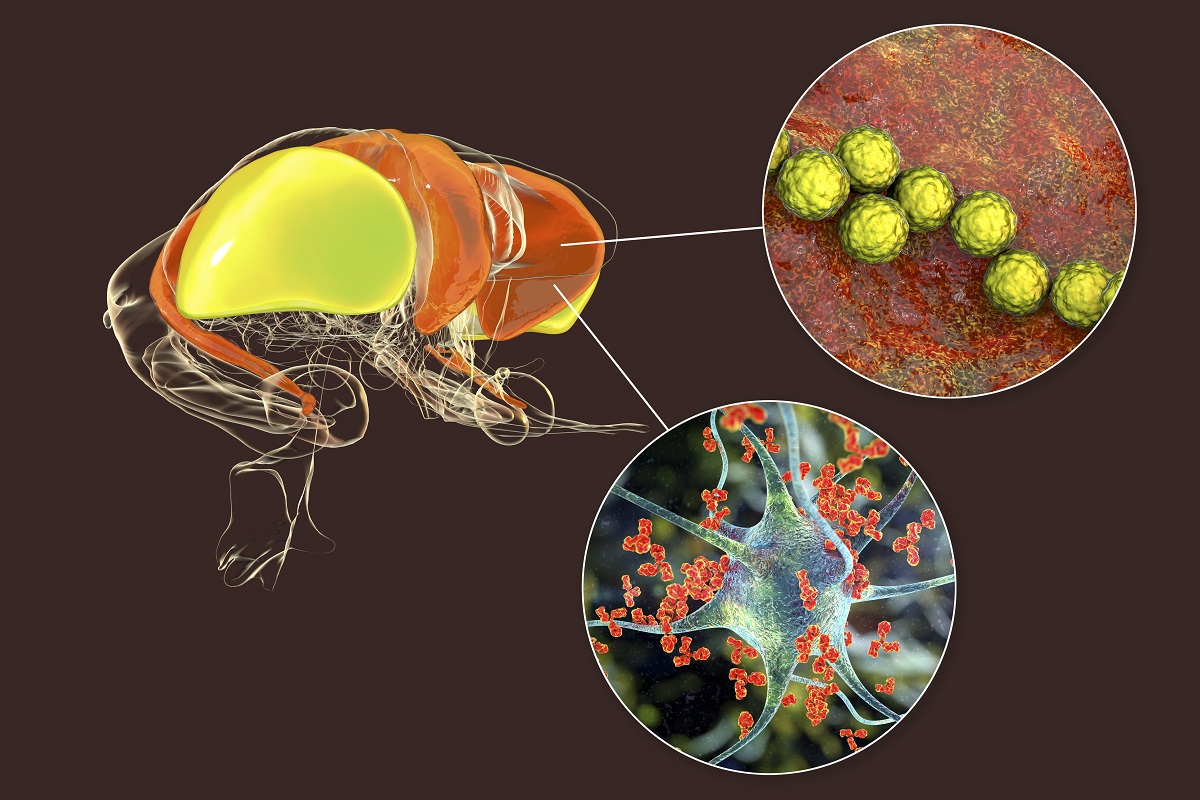KEY TAKEAWAYS
- The study aimed to investigate immune phenotype transcriptional and microbial traits in patients with HNC using multi-omics.
- The study thoroughly examined HNSCC’s ICI landscape, linking diverse ICI patterns, intratumor microbiome, and prognosis.
Yingqiao Liu and the team aimed to investigate the immune phenotype of head and neck cancer (HNC) through transcriptional and microbial characteristics using multi-omics.
The study employed TCGA data to analyze immune cells in head and neck squamous cell carcinoma (HNSCC) using CIBERSORT, identifying differentially expressed genes with DESeq2. Microbial profiles sourced from the TCMA database underwent analysis with the LEfSe algorithm to pinpoint differential microbes in immune cell infiltration (ICI) subgroups.
Researchers utilized the Random Forest algorithm and a deep neural network (DNN) to select microbial features and develop a prognosis model.
The study classified HNSCC into 3 immune subtypes, revealing that ICI-2 had the poorest prognosis and exhibited unique microbial diversity. The immune-related microbiome (IRM) model demonstrated superior performance to the TNM staging model in survival prediction, associating higher IRM model scores with worse prognosis and showcasing clinical utility over TNM staging. Patients identified as low-risk by the IRM model displayed heightened sensitivity to cisplatin and sorafenib therapies.
The study comprehensively explored the ICI landscape in HNSCC, offering a detailed understanding of immune regulation and reporting correlations between varying ICI patterns, intratumor microbiomes, and prognosis. This analysis assisted in identifying optimal treatment strategies for HNSCC.
They uncovered microbial signatures linked to immunophenotyping of HNSCC and identified microbial signatures associated with prognosis. Based on IRM microbes, the prognostic model proved valuable for early prognosis prediction and guiding clinical decision-making.
Funding was provided by the National Natural Science Foundation of China, High-Level Introduction of Talent Research Startup Fund, Southern Hospital, Nanfang Medical University, and Clinical High-tech and Major Technology Projects in Guangzhou Region.
Source: https://pubmed.ncbi.nlm.nih.gov/38642188/
Liu Y, Lin H, Zhong W, et al. (2024) “Multi-omics analysis of immune-related microbiome and prognostic model in head and neck squamous cell carcinoma.” Clin Oral Investig. 2024 Apr 20;28(5):263. doi: 10.1007/s00784-024-05645-y. PMID: 38642188; PMCID: PMC11032295.



